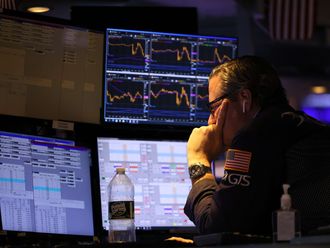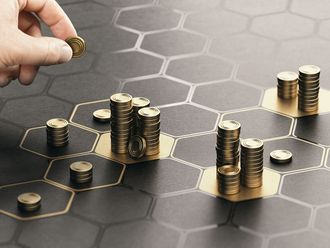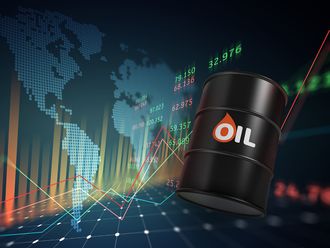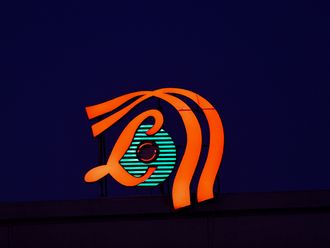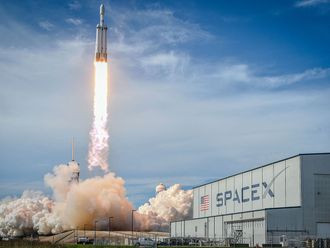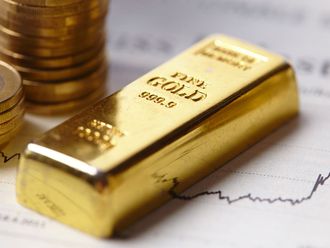Fresh statistics point to convincing changes in the structure of the Saudi economy. For instance, government expenditures reportedly made up 39 per cent of the kingdom's gross domestic product (GDP) in 2009.
It was just in 2008 that public sector expenditures constituted about 33 per cent of GDP. The difference partly reflects growing budgetary spending over the past two years as well as a drop in the nominal GDP last year.
The kingdom's projected spending of $144 billion for fiscal year 2010 is 14 per cent higher than the original spending level for 2009.
At the same time, Saudi Arabia's budget for 2009 amounted to $126 billion, up 15 per cent from the planned figure for 2008.
Undoubtedly, stronger spending left behind budgetary deficits of $19 billion and $17 billion in 2010 and 2009, respectively.
In both fiscal years the deficits comprised around five per cent of GDP. Yet this level of shortage violates one such variable of the Gulf Monetary Union project, an initiative that depends largely on Saudi support.
The Gulf Monetary Union restricts the budget deficit to three per cent of gross domestic product. Four Gulf Co-operation Council countries are members of the Gulf Monetary Union, namely Saudi Arabia, Qatar, Kuwait and Bahrain.
Nevertheless, the shortfalls are manageable and stand a chance of being actually lower due to changes in oil prices.
The petroleum sector accounts for nearly three quarters of treasury income in Saudi Arabia, which is in turn the largest oil exporter in the world.
By one account, the actual deficit for fiscal year 2009 stood at $12 billion, down $5 billion from the projected level.
Saudi Arabia, the only Arab country which enjoys membership of the exclusive G20, has been heeding calls for enhancing spending, as a means of boosting confidence in the local economy in the aftermath of the global financial crisis of 2008.
During successive meetings of the G20 including the most recent in June in Canada, those present largely pressed for a steady rise in public expenditures as part of efforts to contain the adverse effects of the financial crisis.
Nonetheless, another reason for this extraordinary development in economic indicators relates to a 22 per cent drop of nominal GDP in 2009, which stood at $375 billion.
Undoubtedly, oil prices explain the matter, with prices reaching a record $147 per barrel in July 2008. However, oil prices dropped sharply afterwards until the first quarter of 2009, as a consequence of the global financial crisis amid the collapse of the US subprime market.
It seems steady governmental spending served as a key reason for Moody's decision to upgrade its rating of the Saudi economy. Earlier in the year, Moody's International Services raised Saudi Arabia's foreign and local currency debt plus ceiling for foreign currency bank deposits one notch from A1 to A3, in turn considered the fourth highest grade. At about the same time, a report appearing in the Wall Street Journal attributed Moody's move to four major matters.
These were its strong budgetary position, a resilient banking system, its current account surplus and substantial foreign exchange reserves.
Certainly, a steady rise in spending carries with it the risk of inflationary pressures. Recent statistics published by the General Statistics Department pointed to annual inflation of 5.5 per cent in June, up from 3.5 per cent in October 2009.
The rise rekindles fears of a return of the past few years, which reached a record 11.1 per cent in July 2008. It is argued that inflation is worse than unemployment, as price rises affect all rather than just some people.
The writer is a Member of Parliament in Bahrain.


